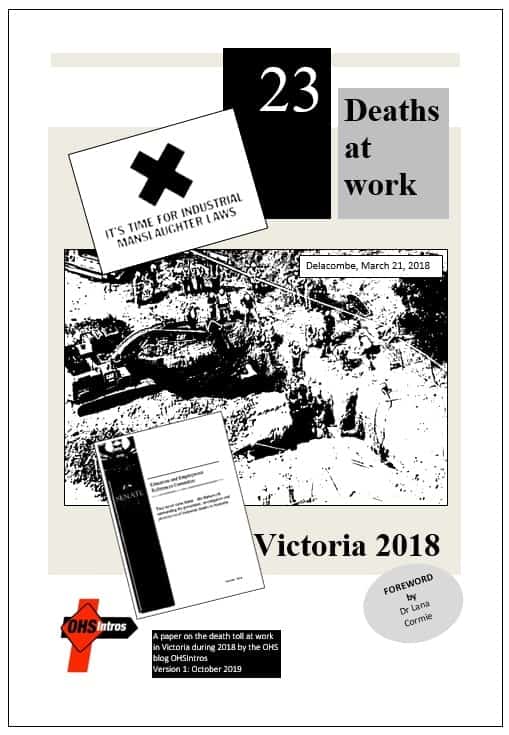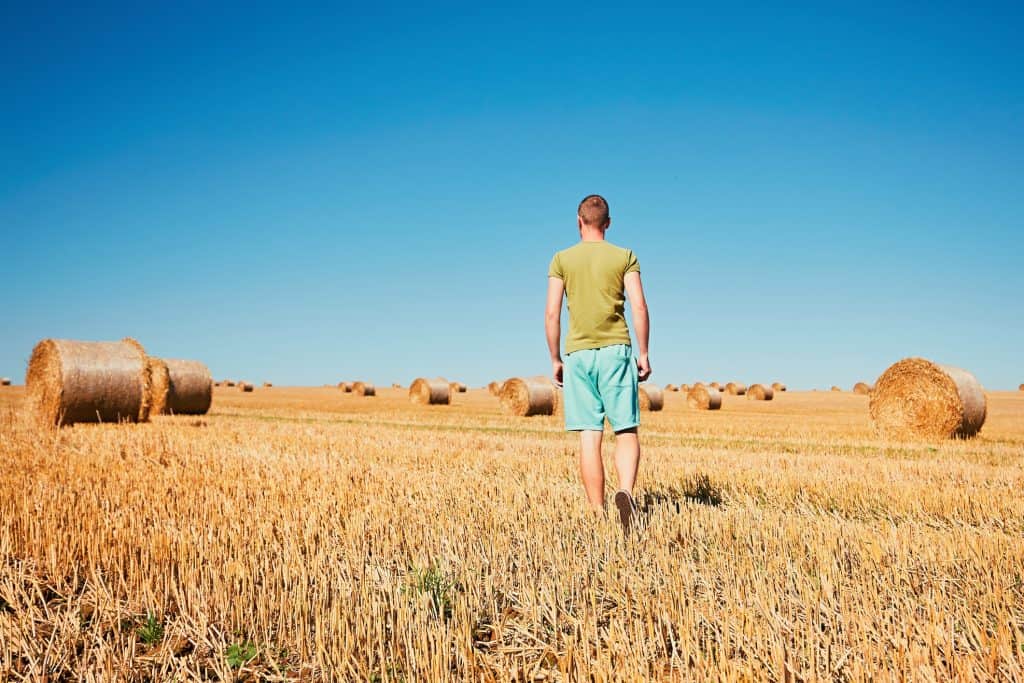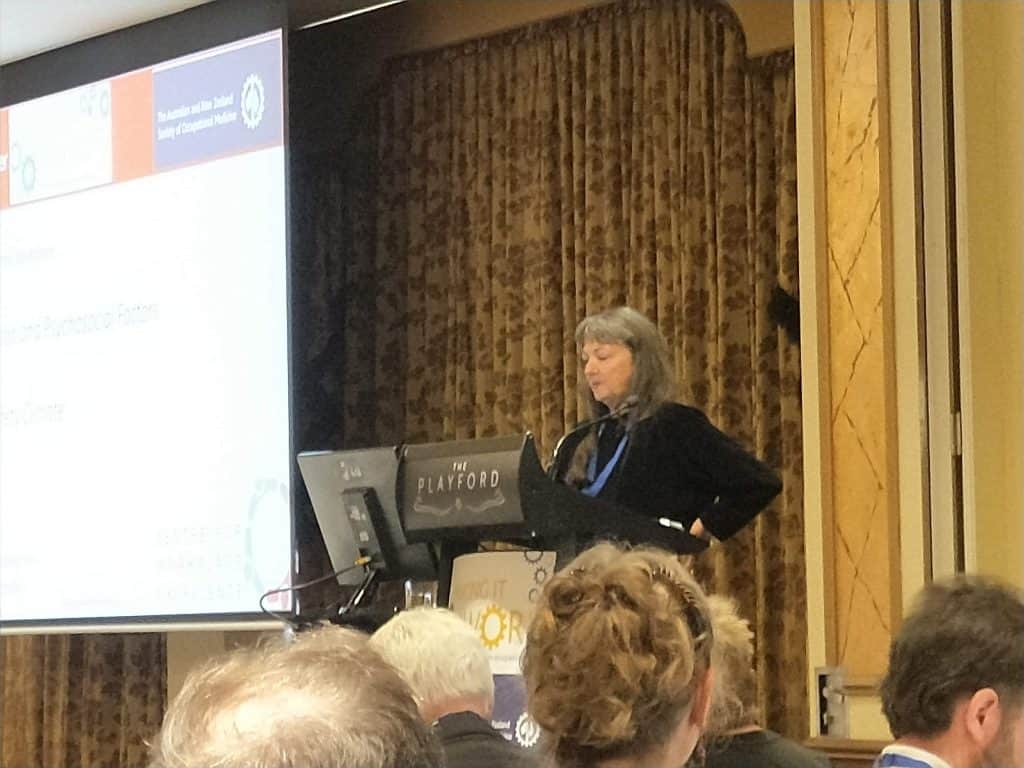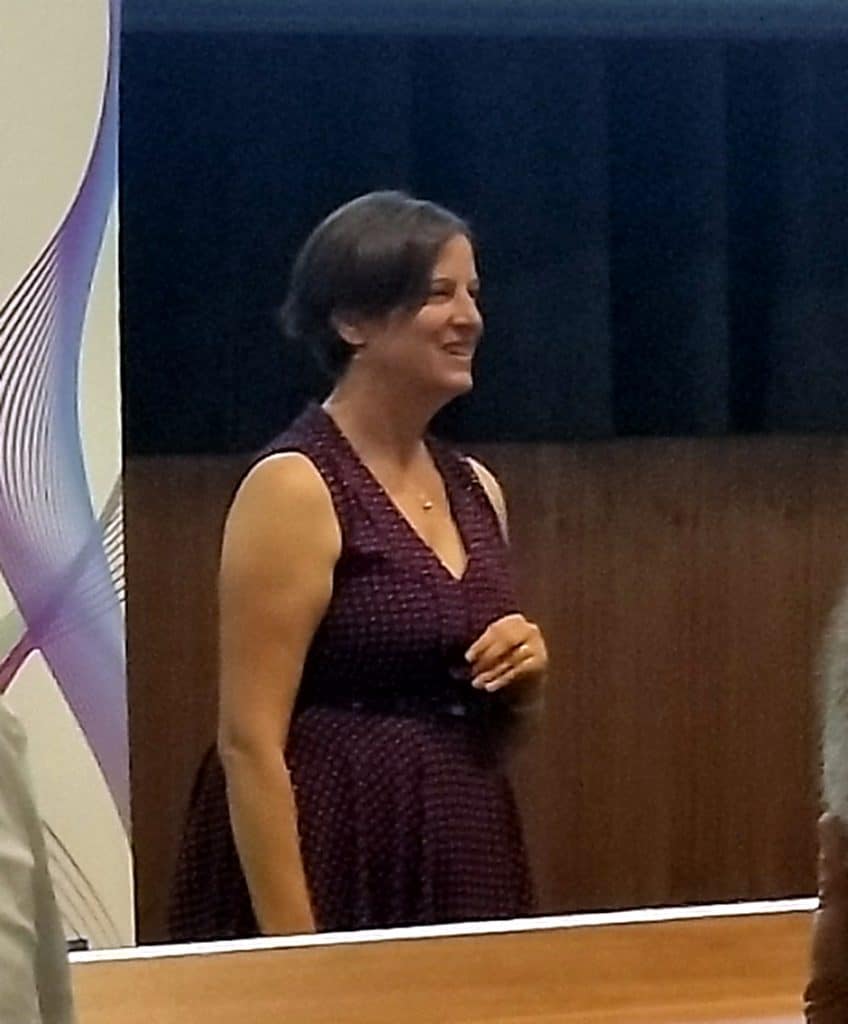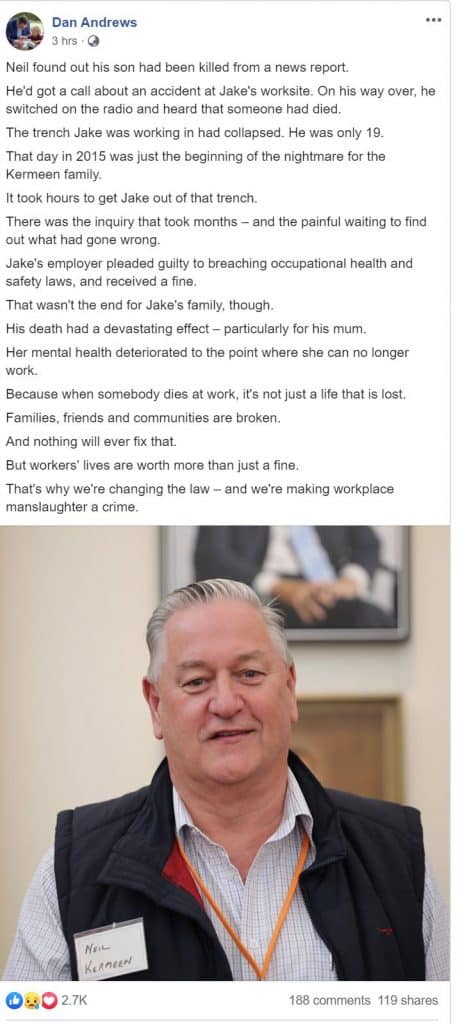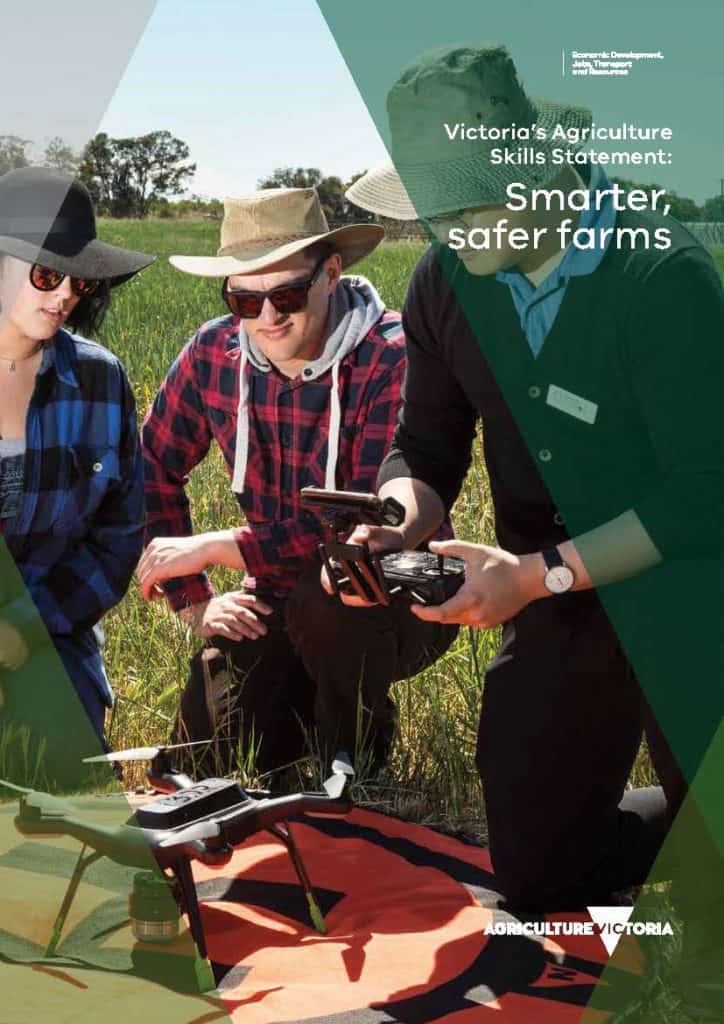
Agriculture is one of the most dangerous workplaces in Australia and other countries. This reality is supported by many statistics and over a long time.
Agriculture is, perhaps, at the forefront of changing production methods to ensure sustainability in a world that is changing in ways that no farmers have had to face in the past. Agriculture therefore needs to be both a safe and a sustainable industry.
So why is workplace health and safety not being given a top priority in the Victorian Government’s Smart Farms program?


